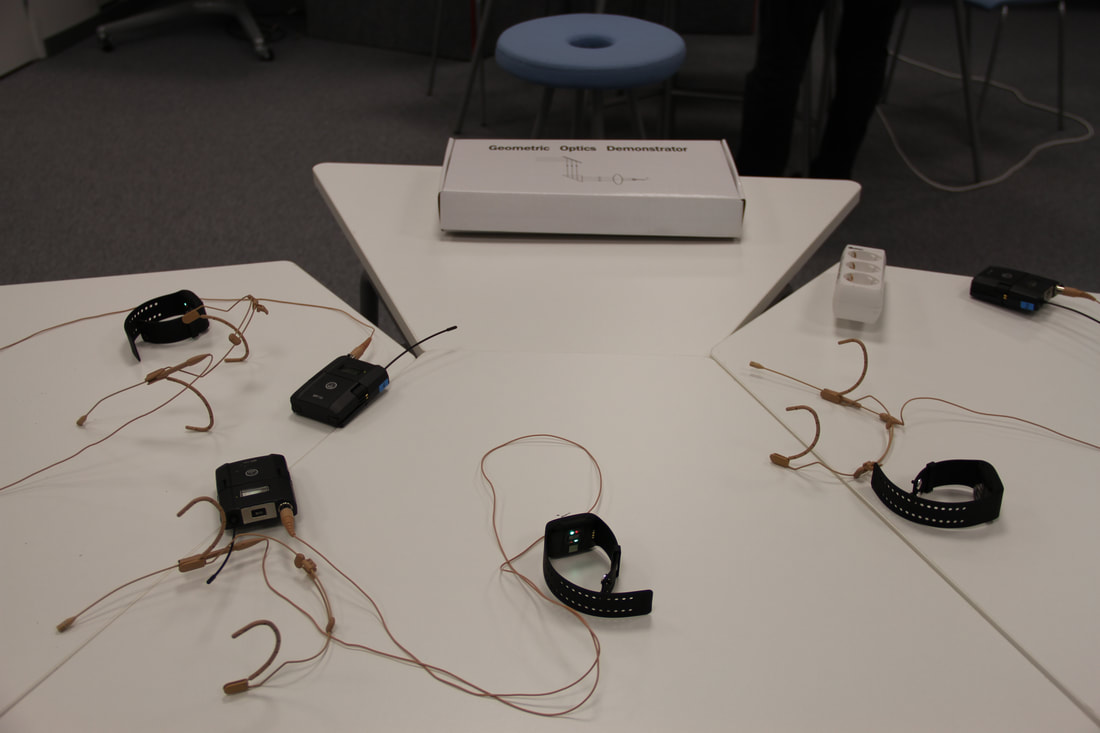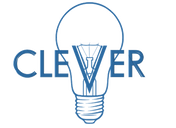
It is almost gone, but the summer of 2018 has been the hottest in the last decade in many spots of the Northern hemisphere. In the northern Finnish city of Oulu, not only summer left scorching days, but it was also “hot” with research. Three pieces of SLAM research were published in two high-quality outlets: the Journal of Computer Assisted Learning and Computers in Human Behavior.
In May, “Profiling sympathetic arousal in a physics course: How active are students?”, a study of arousal in the classroom as a concomitant of cognitive-affective processes, and its relation to academic achievement, was accepted for publication in the Special Issue on Multimodal Learning Analytics of the Journal of Computer Assisted Learning. The paper, with “implications for a need to focus more on addressing low arousal states in learning” and “potential applications for biofeedback, teacher intervention, and instructional design”, found that “low arousal was the level with the highest incidence (60% of the lesson on average) and longest persistence, lasting on average three times longer than medium arousal and two times longer than high arousal level occurrences. During the course exam, arousal was positively and highly correlated (r = .66) with achievement as measured by the students' grades.”
In early June, “Monitoring in collaborative learning: Co-occurrence of observed behavior and physiological synchrony explored”, a study of “how students in a group monitor their cognitive, affective and behavioral processes during their collaboration, as well as how observed monitoring co-occurs with their physiological synchrony during the collaborative learning session”, became available online in Computers in Human Behavior. The paper reports that the main targets of monitoring for the case groups analyzed were cognition and behavior, while monitoring of affect occurred the least. “Most of the student pairs inside the groups showed significant amounts of physiological synchrony” and “high values of physiological synchrony occurred when monitoring was frequent”. In this direction, “physiological synchrony could potentially shine a light on the joint regulation processes of collaborative learning groups”.
Later in June, “Going beyond what is visible: What multichannel data can reveal about interaction in the context of collaborative learning?”, a study utilizing “multichannel data, namely physiological data, video observations, and facial recognition data, to explore what they can reveal about types of interaction and regulation of learning during different phases of collaborative learning progress”, was also published online in Computers in Human Behavior. “The results show that simultaneous arousal episodes occurred throughout phases of collaborative learning and the learners presented the most negative facial expressions during the simultaneous arousal episodes. Most of the collaborative interaction during simultaneous arousal was low-level, and regulated learning was not observable.” The study “represents an advance in testing new methods for the objective measurement of social interaction and regulated learning in collaborative contexts.”
Other SLAM manuscripts are under review or close to submission, which will continue to report on the exploration of novel data sources such as physiological data, in the quest of increasing our understanding of learning, learning regulation, and collaborative learning processes.
In May, “Profiling sympathetic arousal in a physics course: How active are students?”, a study of arousal in the classroom as a concomitant of cognitive-affective processes, and its relation to academic achievement, was accepted for publication in the Special Issue on Multimodal Learning Analytics of the Journal of Computer Assisted Learning. The paper, with “implications for a need to focus more on addressing low arousal states in learning” and “potential applications for biofeedback, teacher intervention, and instructional design”, found that “low arousal was the level with the highest incidence (60% of the lesson on average) and longest persistence, lasting on average three times longer than medium arousal and two times longer than high arousal level occurrences. During the course exam, arousal was positively and highly correlated (r = .66) with achievement as measured by the students' grades.”
In early June, “Monitoring in collaborative learning: Co-occurrence of observed behavior and physiological synchrony explored”, a study of “how students in a group monitor their cognitive, affective and behavioral processes during their collaboration, as well as how observed monitoring co-occurs with their physiological synchrony during the collaborative learning session”, became available online in Computers in Human Behavior. The paper reports that the main targets of monitoring for the case groups analyzed were cognition and behavior, while monitoring of affect occurred the least. “Most of the student pairs inside the groups showed significant amounts of physiological synchrony” and “high values of physiological synchrony occurred when monitoring was frequent”. In this direction, “physiological synchrony could potentially shine a light on the joint regulation processes of collaborative learning groups”.
Later in June, “Going beyond what is visible: What multichannel data can reveal about interaction in the context of collaborative learning?”, a study utilizing “multichannel data, namely physiological data, video observations, and facial recognition data, to explore what they can reveal about types of interaction and regulation of learning during different phases of collaborative learning progress”, was also published online in Computers in Human Behavior. “The results show that simultaneous arousal episodes occurred throughout phases of collaborative learning and the learners presented the most negative facial expressions during the simultaneous arousal episodes. Most of the collaborative interaction during simultaneous arousal was low-level, and regulated learning was not observable.” The study “represents an advance in testing new methods for the objective measurement of social interaction and regulated learning in collaborative contexts.”
Other SLAM manuscripts are under review or close to submission, which will continue to report on the exploration of novel data sources such as physiological data, in the quest of increasing our understanding of learning, learning regulation, and collaborative learning processes.

 RSS Feed
RSS Feed
